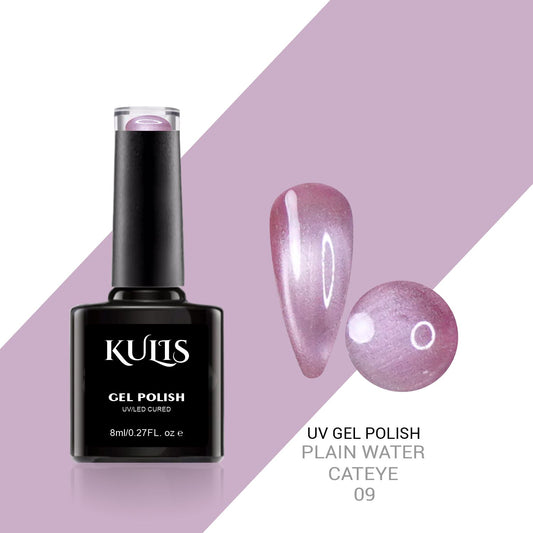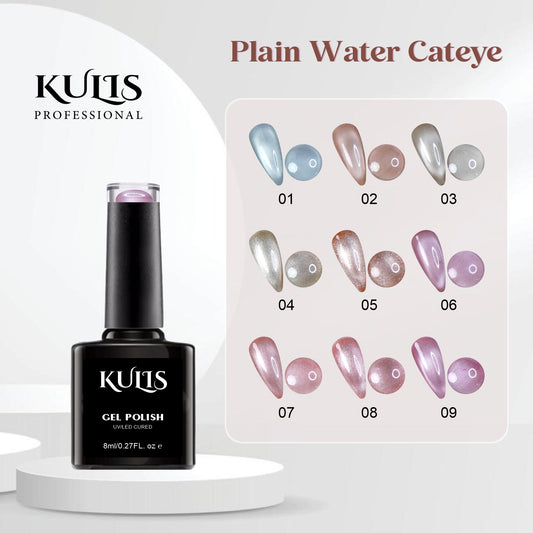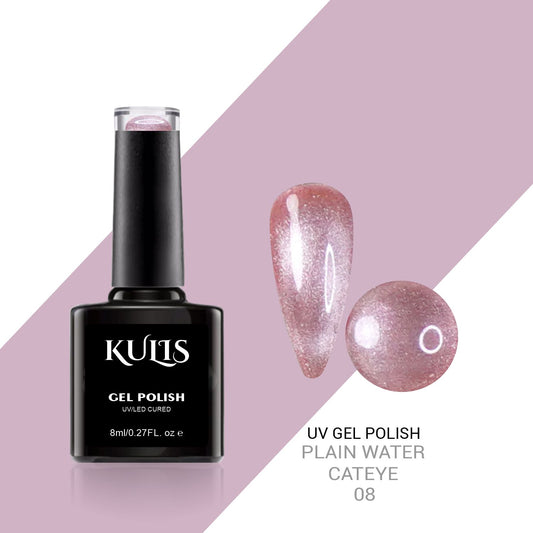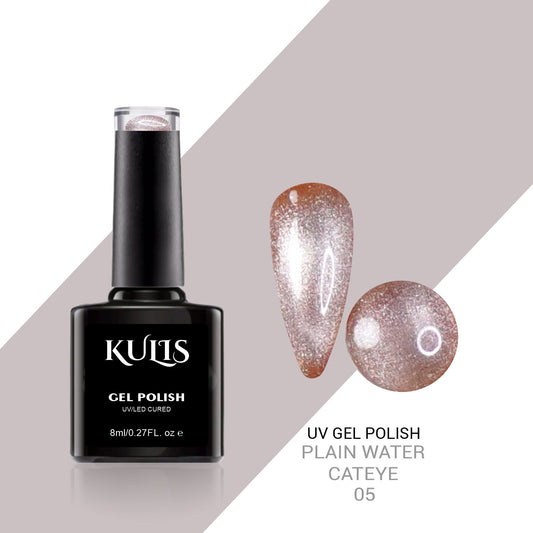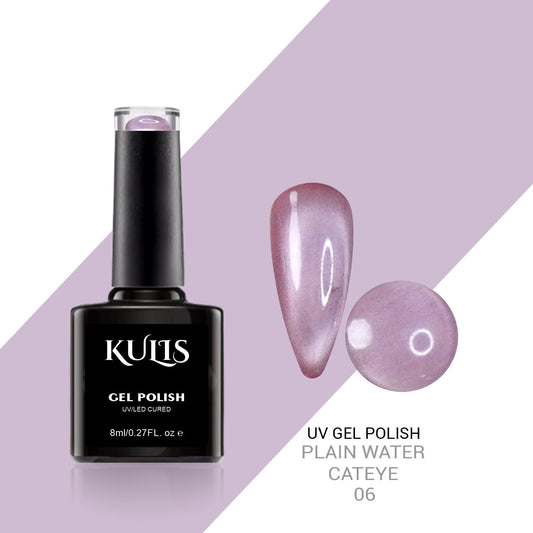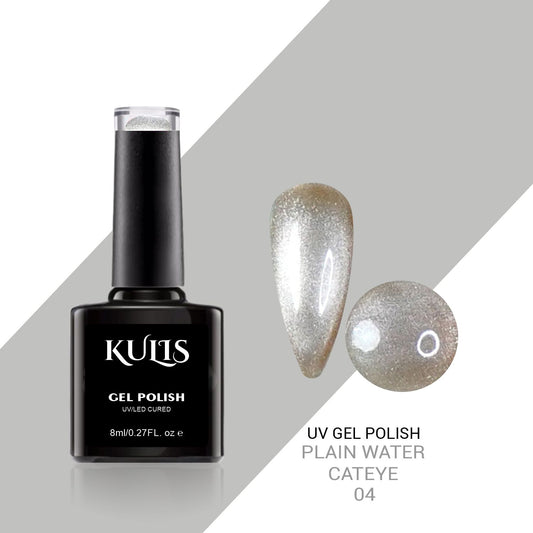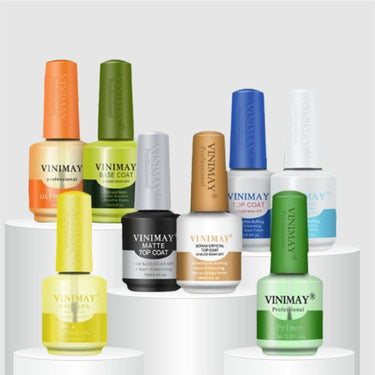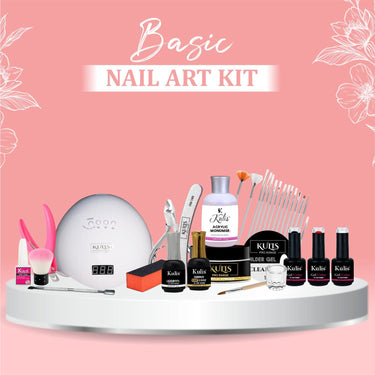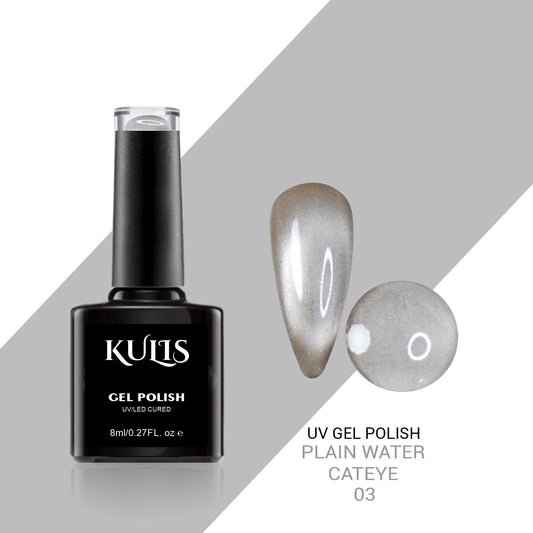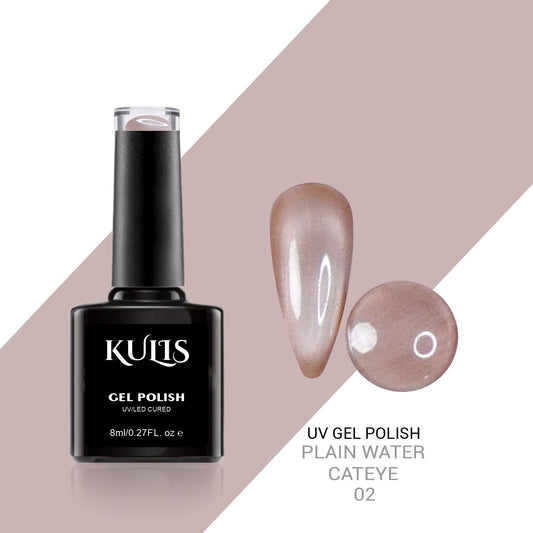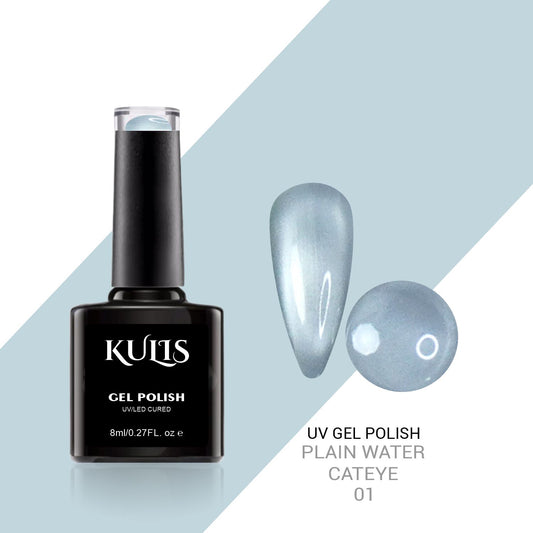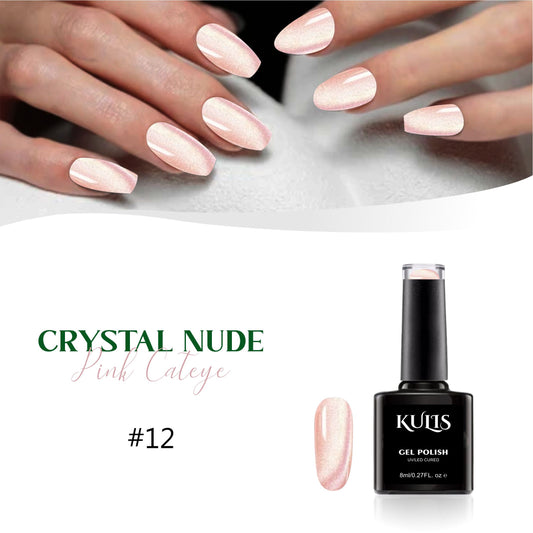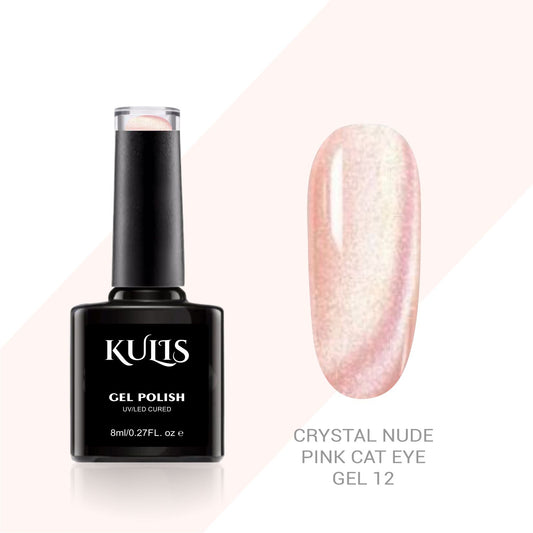Daily Nail Care Routine: Tips for Healthy, Strong Nails
Nails may be tiny, but they make a huge mark when it comes to looks as well as health. Nevertheless, they are most often overlooked in our daily personal grooming routine. Manicure not only makes you look great—it speaks of well-being and well-ness. Clean, neat, and healthy manicured nails will make you feel great and save you from such silly problems like brittleness, peeling, or infection.
If you do have your own nails or enjoy creating with nail art and experimenting with polish, a firmly set routine for daily nails is necessary. It safeguards your nails from the world, chemicals, and pressures of life. Within this tutorial, you will find tips and tricks for healthy nail care at home and learn precisely how to take care of nails daily so that they can be healthy, strong, and stunning.
Why You Should Make a Daily Nail Care Routine Habit?
Your nails have to endure some much on a daily basis, protecting your fingers, assisting you with getting things done, and getting splashed with water, soap, dirt, and all sorts of other stuff. Without care, they dry out and become fragile and can become vulnerable to infection, such as fungal nail infection or red, inflamed cuticles (paronychia).
Every day, a routine of care keeps your nails clean, well-oiled, and more resistant to infection or injury. And the best part? No spa day or expensive products needed, everyday home solutions will suffice.
Knowing Your Nails: Structure and Problems
For the purpose of building a healthy nail care regimen, it would be helpful if one knows what make-up their nails are made up of. Nails are made up of keratin, a hard protein. The nail plate is the external, visible component of the nail and lies over the nail bed. The cuticle is the narrow layer of skin on the underside of the nail.
Among the most common nail conditions that can be prevented with a proper routine are:
-
Brittle nails: Peel, crack, or split.
-
Yellowing or nail discoloration: Usually due to excessive polish use or fungus.
-
Hangnails: Red, torn cuticle skin, usually as a result of dryness or fingernail biting.
-
Ridges: Vertical or horizontal ridges that might be a sign of disease or deficiencies.
-
Infections: Fungal or bacterial infection entering the nails or cuticles via cuts or damaged nails.
Home Nail Care Tips: Having Healthier Nails Tips
You do not need to visit a beauty parlor to pamper your nails. The home nail care tips provided below will allow you to have healthier and stronger nails without much effort.
1. Clean and Dry the Nails
Fungi and bacteria adore wet conditions. After washing dishes or washing clothes using water, do not forget to dry your hands and nails. Do not have your hands immersed in water for long times—during washing dishes or cleaning, use gloves.
2. Moisturize Often
Dry out the nails and skin and crack and dry. Moisturize daily with cuticle oil or hand cream. Almond oil, coconut oil, and jojoba oil are nice to soften and hydrate the nails and skin.
3. Clip and File Nails Weekly
Washing weekly will prevent breakage and promote growth of your nails straight. Trim your nails straight across and dull the edges slightly with an emery nail file. File in just one direction to prevent splitting.
4. Stay Away from Harsh Chemicals
Household cleaners and nail polish removers with acetone dry out nails by removing their own oils. Clean or do housework wearing gloves, and use removers that are not acetone-based to avoid causing so much harm.
5. Obtain a Balanced Diet
Diet is only one factor in overall nail health. Consume the following nutrients to have healthy, strong nails:
-
Biotin (Vitamin B7): Provides for nails to become hard and resistant to brittleness.
-
Vitamin E: Softens nails and skin.
-
Iron: Avoids thinning of the nails, spoon-shaped curled nails.
-
Zinc: Assists in nail repairing and nail growing.
-
Protein: The primary composition of nails is keratin, and it's a protein, so consume enough of it.
-
Consume eggs, nuts, spinach, fish, and whole grains to give your nails an inside nutrient boost.
6. Don't Picking or Bite Your Nails
Biting or picking at nails may lead to infection and destruction of the nails. To stop picking and biting, apply a bitter nail polish or trim your nails short to discourage yourself from picking or biting.
Day-to-Day Routine for Caring for Nails: A Simple Routine
The following is a minimal routine for day-to-day care for nails in order to have healthy and strong nails:
Morning Routine:
-
Wash hands in warm water with mild soap.
-
Moisturize, being certain to emphasize your nails and cuticles.
-
Wear gloves when washing laundry, washing dishes, or gardening.
Night Routine
-
Gently remove nail polish with acetone-free remover, if needed.
-
Soak your cuticles in 5–10 minutes of warm water to loosen them.
-
Soften back cuticles with rubber or wood pusher. Never cut cuticles because they are a part of the skin that is more prone to infection.
-
Massage cuticle oil into nail and skin for overnight condition and moisturizing.
Weekly Routine
-
Clip nails to the desired length.
-
Exfoliate hands to shed dead skin around the nails.
-
Apply a nail strengthener or treatment to the nail structure to build up the nail.
Specific Nail Concern Tips
-
Brittle Nails
-
Soak your fingers in olive or coconut oil, warm, once or twice a week for extra moisture and flexibility.
Slow-Growing Nails
If your nails grow slowly, take a biotin supplement. Take it with a high-protein diet for maximum benefit. Always check with your doctor first before taking a supplement.
Frequent Use of Nail Polish
You need to alternate periods of having no nail polish on your nails. Allowing them to "breathe" prevents them from yellowing and becoming brittlenesses.
Fungal Infections
Keep skin and nails around them clean and dry to avoid fungal infections. If they become thickened, stained, or crumbly, consult a doctor.
Avoid These Nail Care Blunders
-
Omitting moisturizer: Chappy nails split and peel.
-
Using too much nail polish remover: Especially the acetone variety, that dries out the nails.
-
Cutting the cuticles: Leaves them open to infection.
-
Not properly taking care of nail problems: Discoloration, injury, or texture alteration are the warning signs that something is amiss and must be treated at the first available moment.
-
Nutrient-poor: A nutrient-deficient diet undermines the health and growth of your nails.
Nail Care Tools to Have at Home
-
Having on hand in order to understand in order to proceed with your regular daily routine of nail care:
-
Nail clippers or scissors
-
Fine grit nail file
-
Wood or rubber cuticle pusher
-
Nail buffer
-
Cuticle cream or oil
-
Moisturizing hand lotion
-
Protective gloves
Sterilize and clean equipment regularly to avoid infection.
The secret to healthy, gorgeous, strong nails is a daily nail routine. Spas and high-quality products are not needed; minutes, dedication, and habit are sufficient. From moisturizing and trimming to diet and breaking bad habits, these easy at-home nail care cures are low maintenance and effective.
Practicing every day so that your nails stay healthy will free you from repeated problems, your nails will be healthier, and your nails will be kept in the best possible condition. Start now, and tomorrow you'll be blessed with healthy, shiny, and more beautiful nails.

